30 years Linux - my personal retrospect
30 years ago today, a Finnish student presented a project in the then still very prominent Usenet. It was Linus Torvalds and the talk was about a small UNIX-like operating system which ran mainly on cheap 386/486 AT clones. Linus was interested in UNIX, but like most students and hobbyists at the time, could not afford hardware that could run UNIX. In developing his still-unnamed operating system (the name Linux came later), Linus was inspired by the free educational operating system Minix. His announcement was met with widespread interest and the rest is history. 🙂
At this point I would also like to refer to the autobiography "Just for Fun" by Linus Torvalds, published in 2001 - a book worth reading.
I myself have been working with the open source operating system for quite a long time - not since 30, but since 16 years. Time for a review.
My first steps
My first contact with Linux was around 2002, when I was a teenager and spent my time with two things: playing video games (Half-Life, Counter-Strike, GTA 3, Motocross Madness 2) and programming small applications in Visual Basic 6.0. I had to share a Medion MD2000 computer with the following key data:
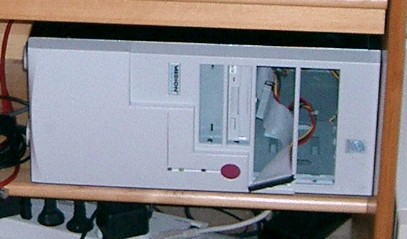
- Intel Pentium 3 @ 667 MHz
- 17" CRT display @ 1024x768 pixel
- 128 MB SD-RAM (which was later upgraded to a decadent 512 MB)
- 20 GB Seagate IDE hard drive
- 32 MB Nvidia TNT2 Pro
- 56k Modem and later also with WLAN card
A list of all my old hardware is here.
The computer was run with first Windows 98 SE and later XP. At the same time we had our first 56k internet access and so it didn't take long until the first virus attack caused displeasure (KazaaLinkinParkNumb.exe). At that time I read many magazines (among others KnowWare, ComputerBild) and heard about an operating system which is not vulnerable to viruses: Linux.
One magazine included a copy of SUSE Linux 7.2, which I wanted to test. Unfortunately I somehow managed to destroy the bootloader of the installed Windows hard-disk with the live CD. So the first contact with Linux brought me trouble with my parents, because the computer had to be set up again and all personal data was lost. The first own web space with 50 MB (without FTP access!) at AOL was fortunately not affected.
I postponed the Linux experiment until 2004, when we fortunately already had DSL and the MD2000 was my own computer (a Medion MD3000 took the role of the family computer) and so I could experiment without hesitation. As luck would have it, there was another Linux CD in a magazine - this time it was SuSE Linux 9.2 Professional ComputerBild-Edition. I was able to test it without destroying the bootloader - unfortunately the graphics and sound card did not work properly. And WLAN was a similar problem under Linux at this time - quite unfavorable for a teenager who had just discovered the IRC network.
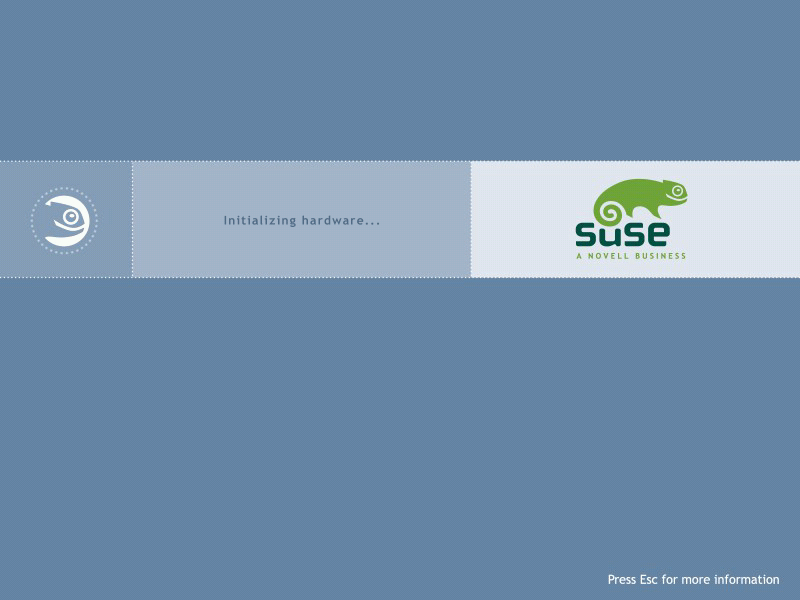


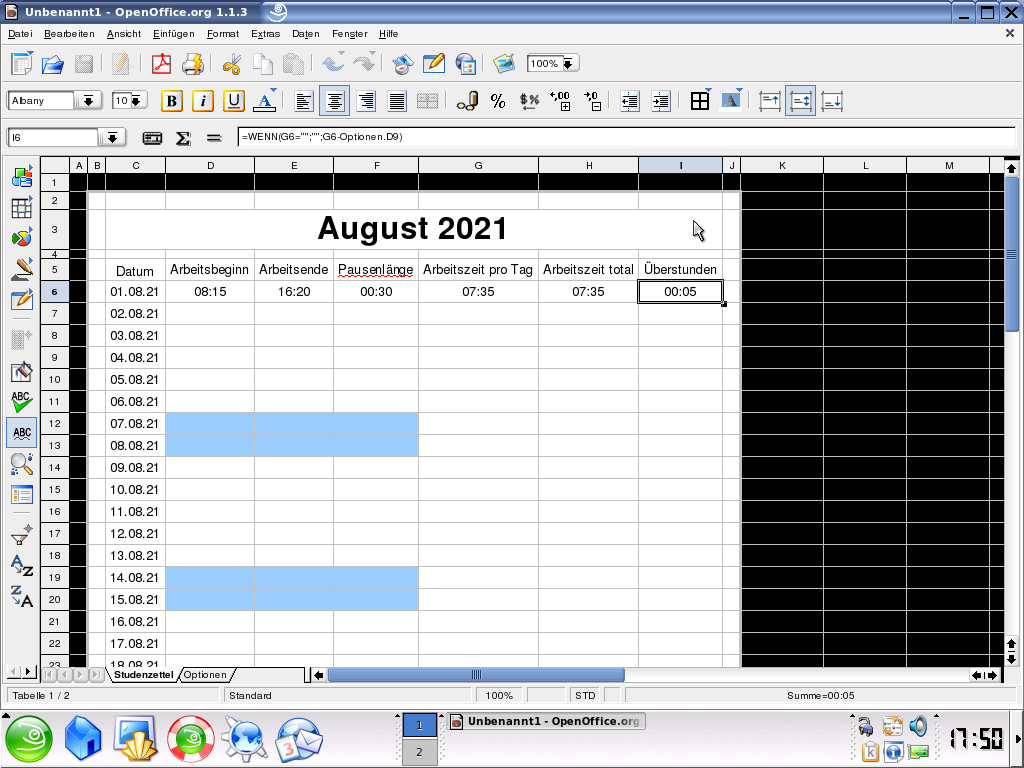
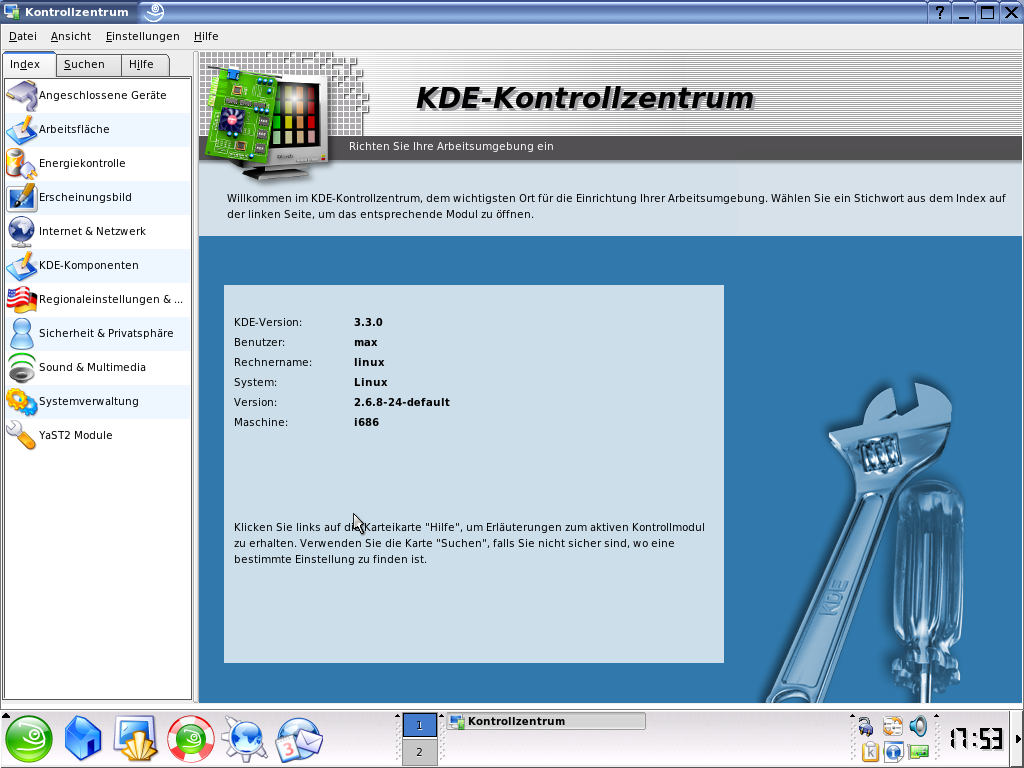
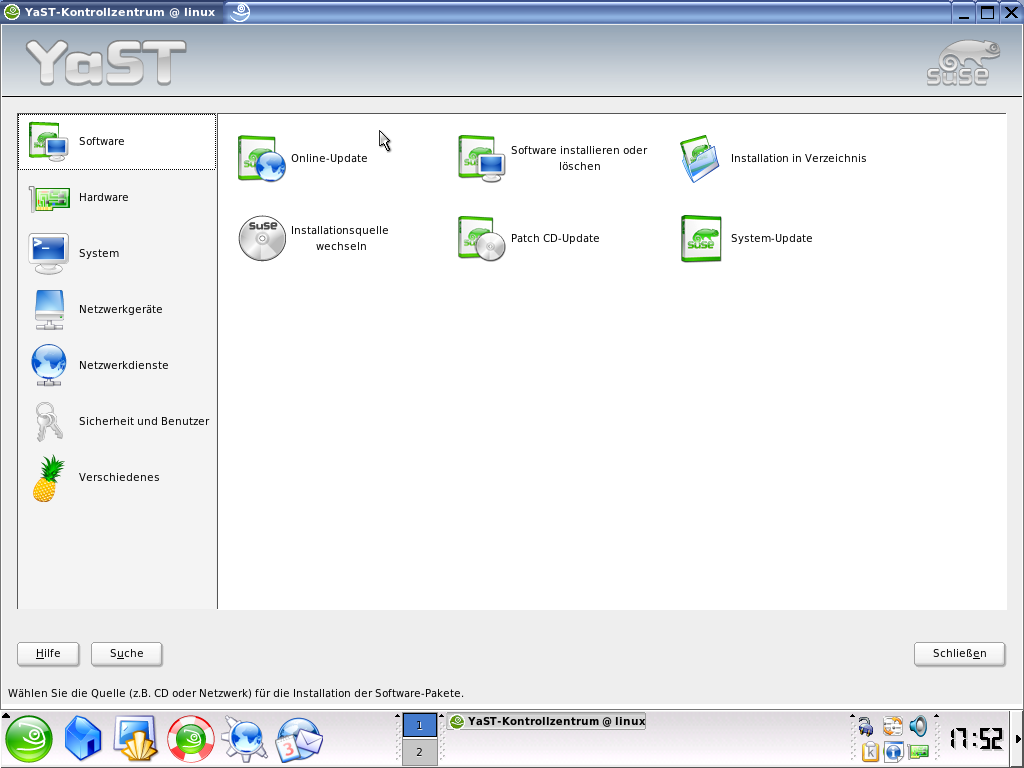
I first took a liking to Linux in October 2005, when I came across Ubuntu 5.10. It was the first distribution that immediately supported all of my computer's hardware and offered a low technical hurdle for beginners. The programs I needed were quickly installed. I joined a few Linux forums and learned more about the operating system. On the family computer and notebook (Medion Titanium MD6200), Ubuntu was also set up in dual boot.
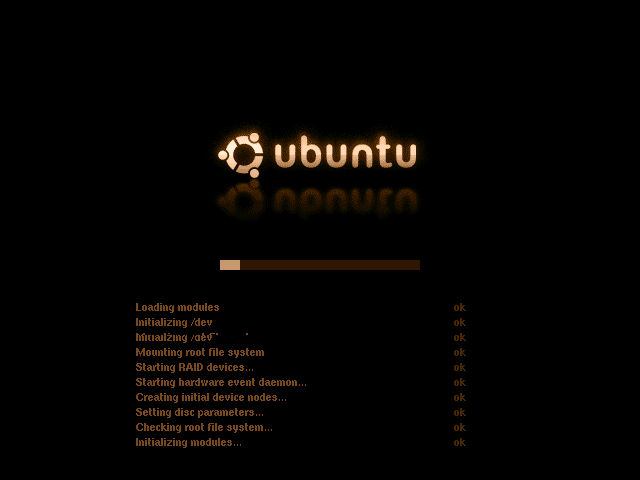
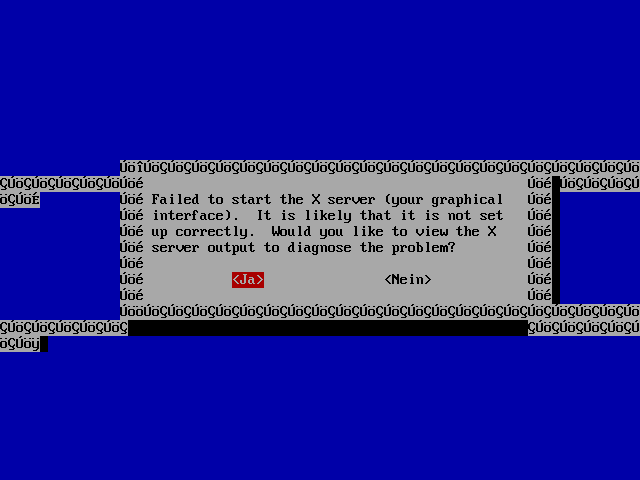
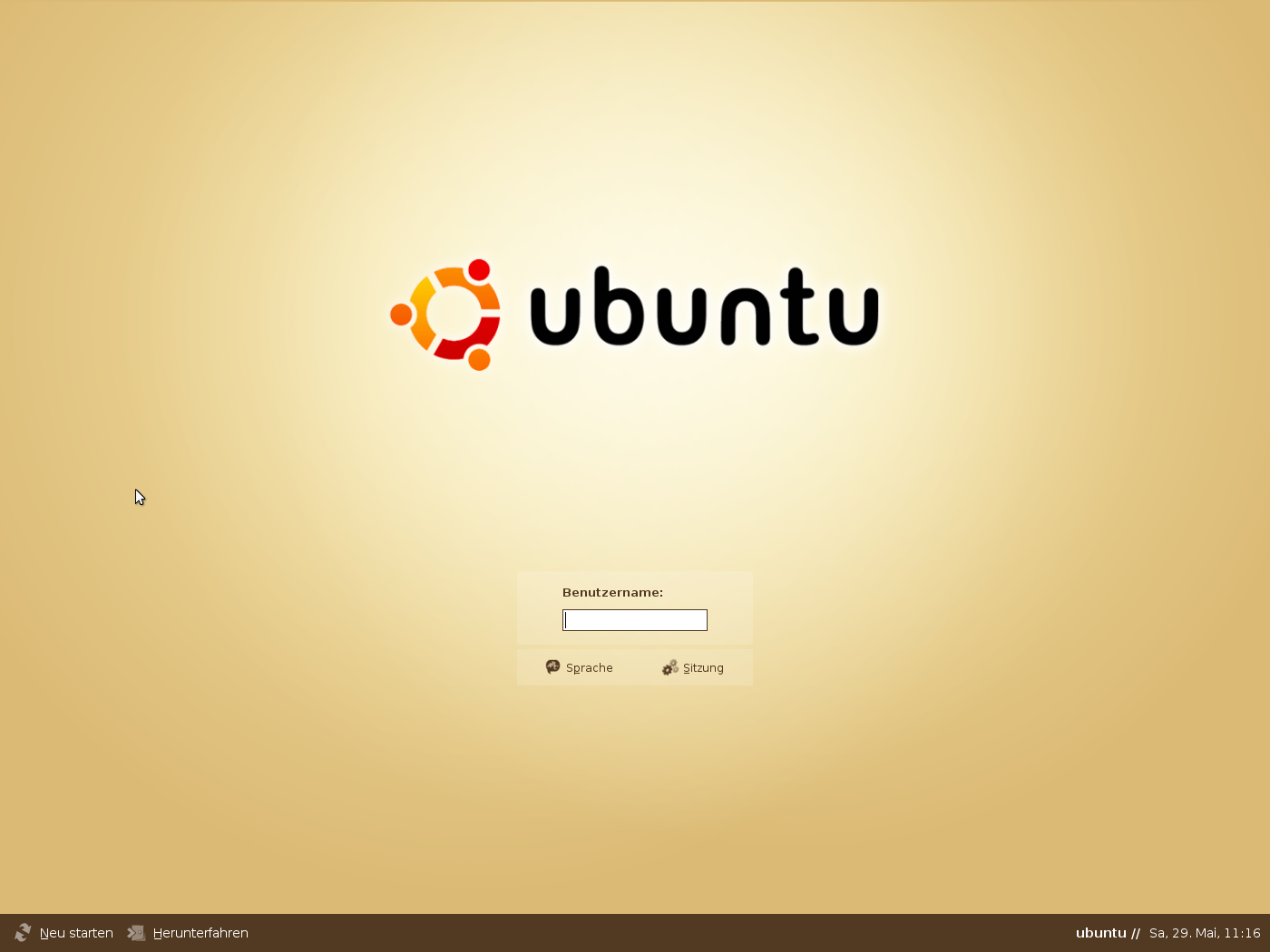
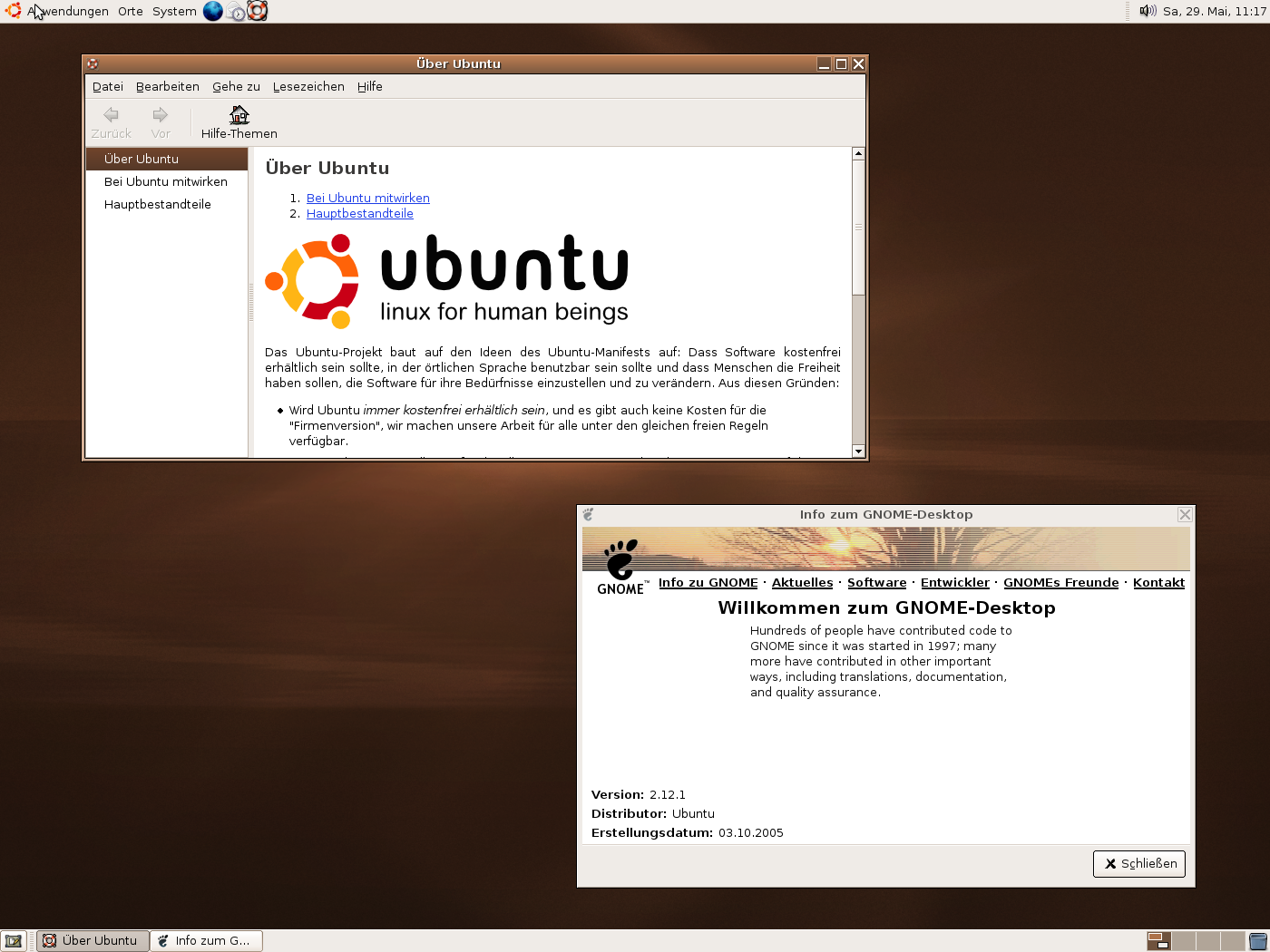
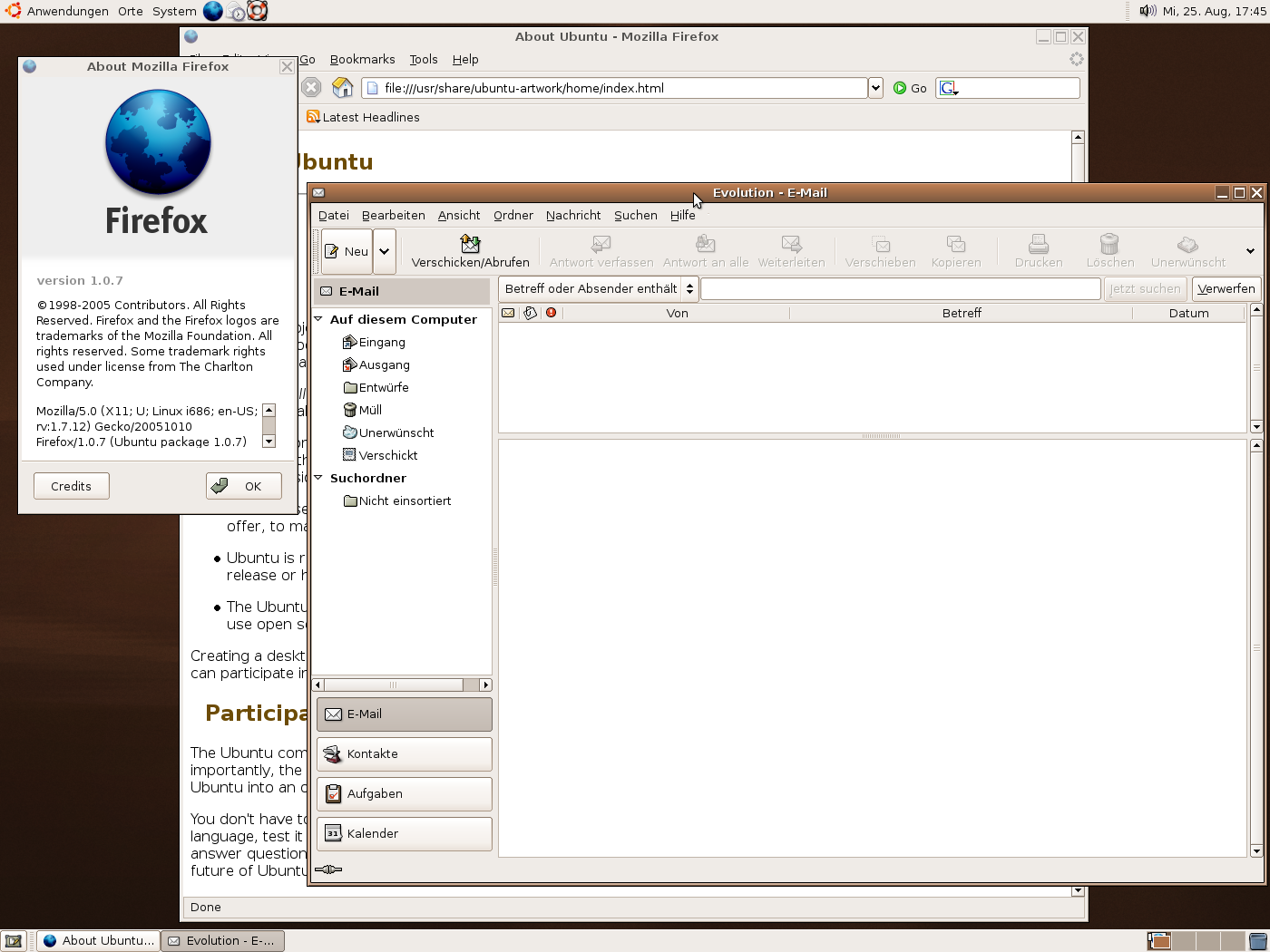
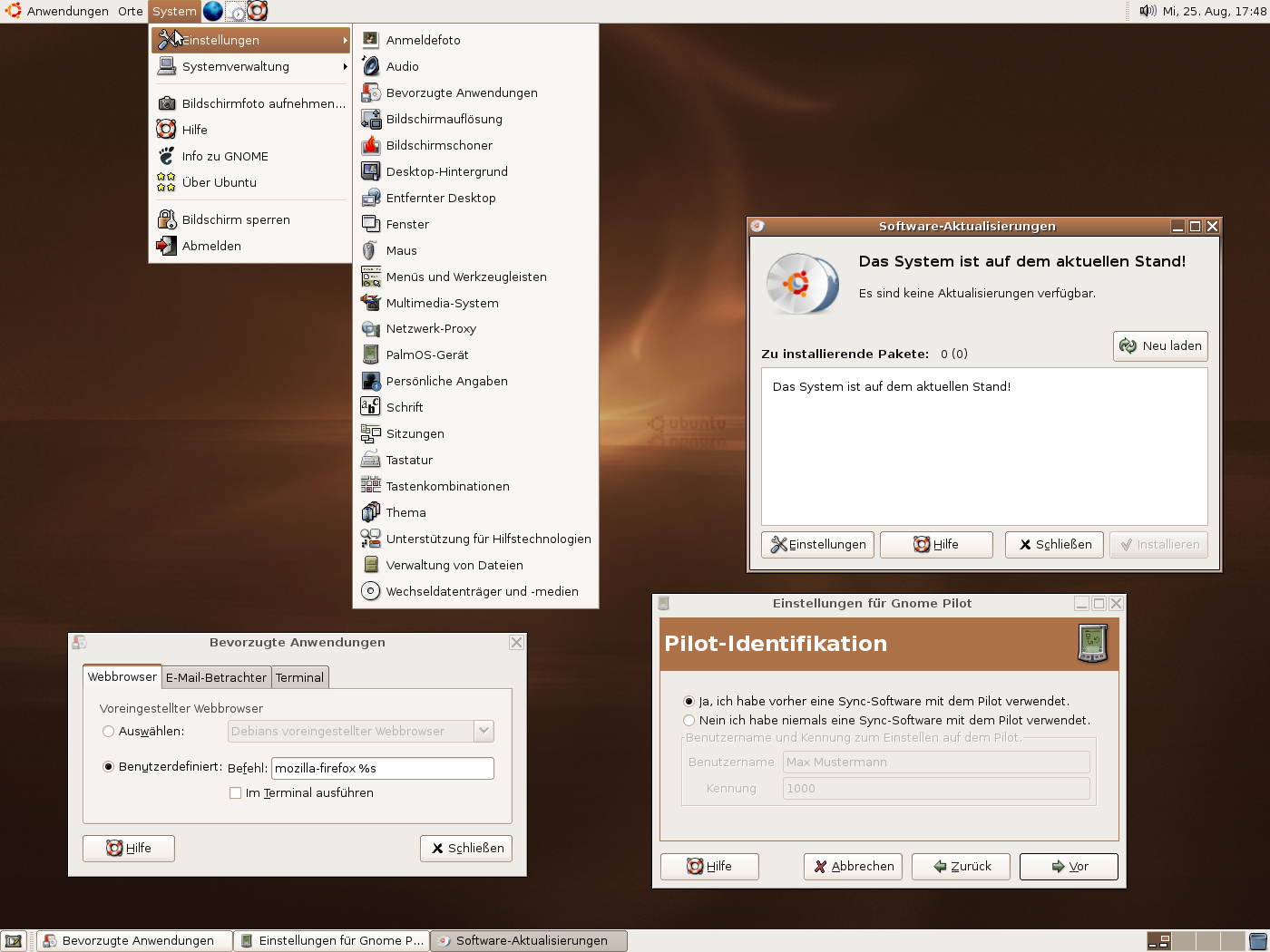
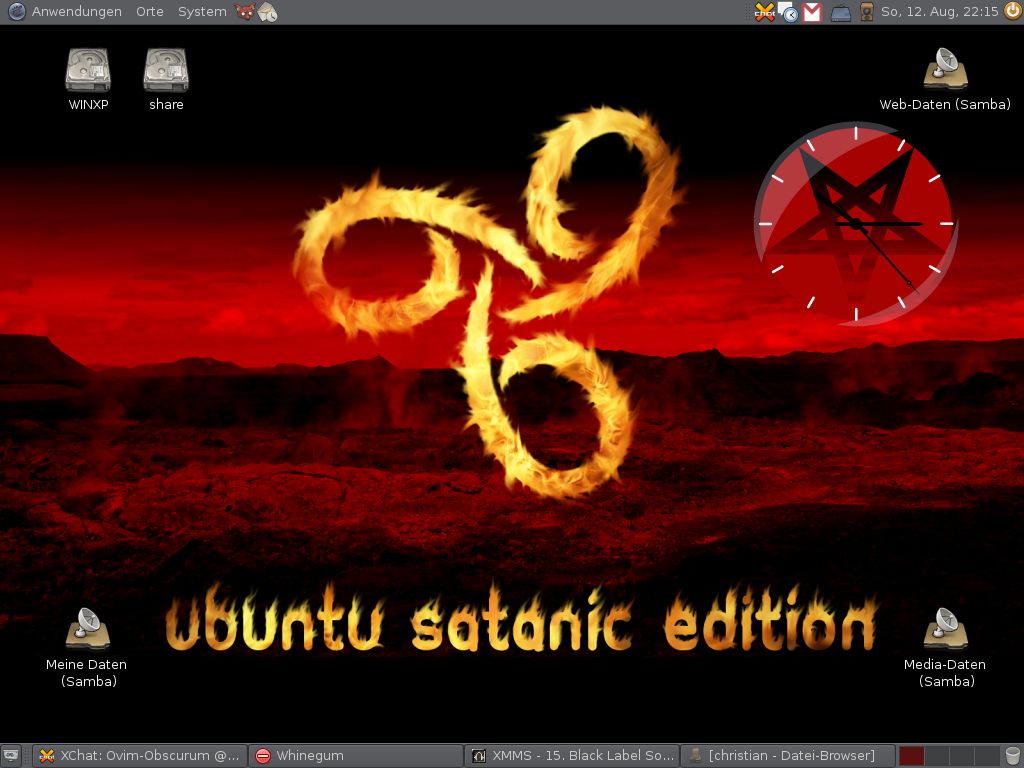
I also tried numerous other distributions during this time - including: Kubuntu, Debian Sarge, Zenwalk, CRUX Linux and ArchLinux. But in the end I liked Ubuntu with the GNOME desktop the most - especially the first LTS version 6.06. Besides simple internet and office work I also found a way to play video games using Wine and Crossover (which was available for free every now and then) - perfect! On Holarse.net I came across some open source new games.
Linux in education and the first job

In 2007 I started an apprenticeship as an information technology assistant (ITA) - for the vocational school a Toshiba Satellite Pro 4360 and later an IBM Thinkpad T42 provided me with valuable services. On these I also ran Ubuntu, while at home I used a SUN Ultra 10 with Debian (we have joy, we have fun, we have Linux on our SUN) to develop in HTML and PHP. In 2007 the first German Ubucon (Ubuntu Conference) took place in Krefeld - I met there with some friends from the Ubuntu forum. At that time I was also working on my own Ubuntu distribution especially for older computers like my notebooks. It was called Ubuntox and never made it past an alpha stage.
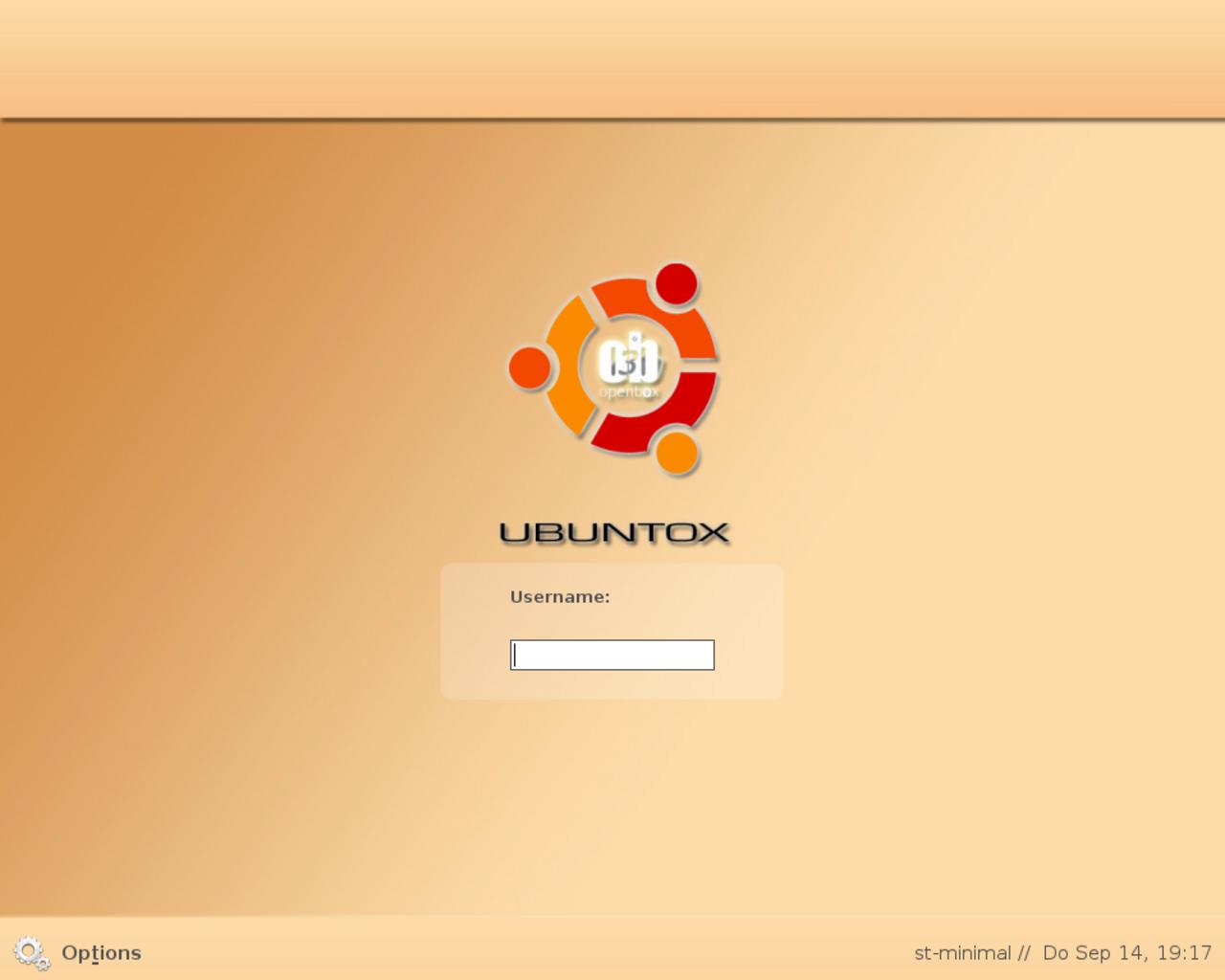

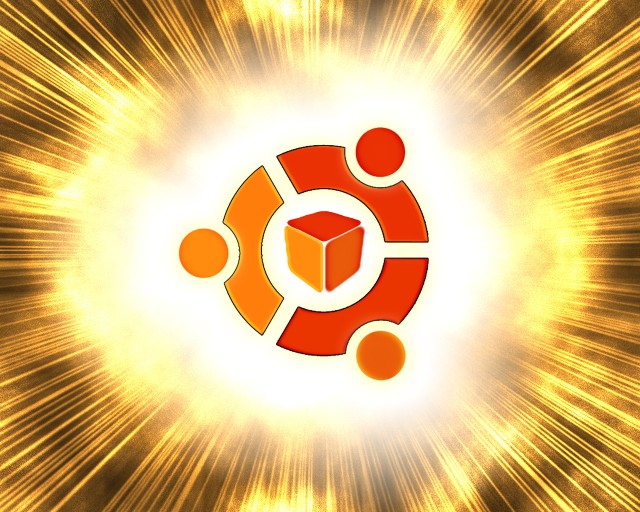
I stayed with Ubuntu until I started my next IT education two years later, before switching to CentOS. Through CRUX Linux, however, I learned a lot about Linux - especially about compiling kernels and applications. It took me several days to successfully get the first boot - a real sense of achievement. At this time I also started this blog. In the beginning I only documented newly purchased hardware, later followed first notes and tutorials around Linux. Parallel to the blog, I ran a wiki for a few years, which now only serves as an archive.
In my training company, we used RHEL and CentOS for various purposes. Since there was no Linux administrator yet, it was my job to clean up the uncontrolled growth. For example, there were unpatched and not exactly sensibly configured RHEL 3.6 installations. I had a hard time with RHEL at first, since it worked quite differently in many respects than the Debian base I was very familiar with at the time - especially with SELinux I had my problems at first.
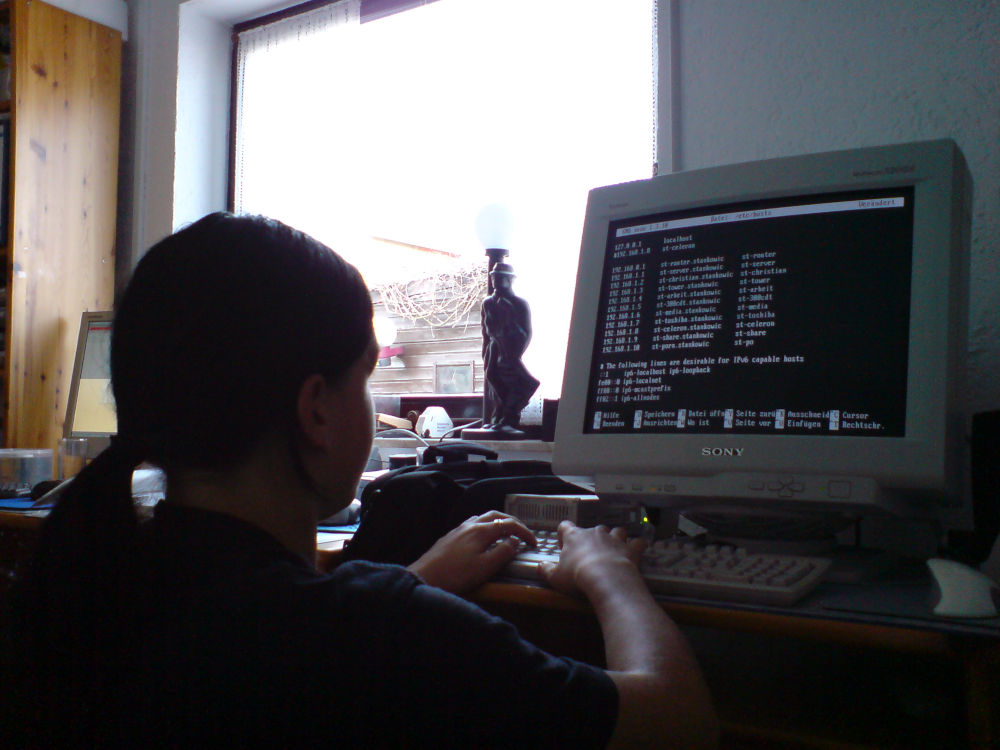
After my training, I had to get my first Linux certifications. I also faced the problem that I now had more servers than I could manage in 8 hours - a management tool was needed. With Red Hat Satellite 5 I found one - in the Homelab the free upstream Spacewalk was used. In general, I used a lot of what I needed at work, also privately to deal with it more intensively. So I used VMware ESXi servers, Nagios and later Icinga as well as a handful of different Linux VMs. With my first own apartment, however, the servers disappeared again and were replaced by more power-efficient mini-server or Raspberry Pis.
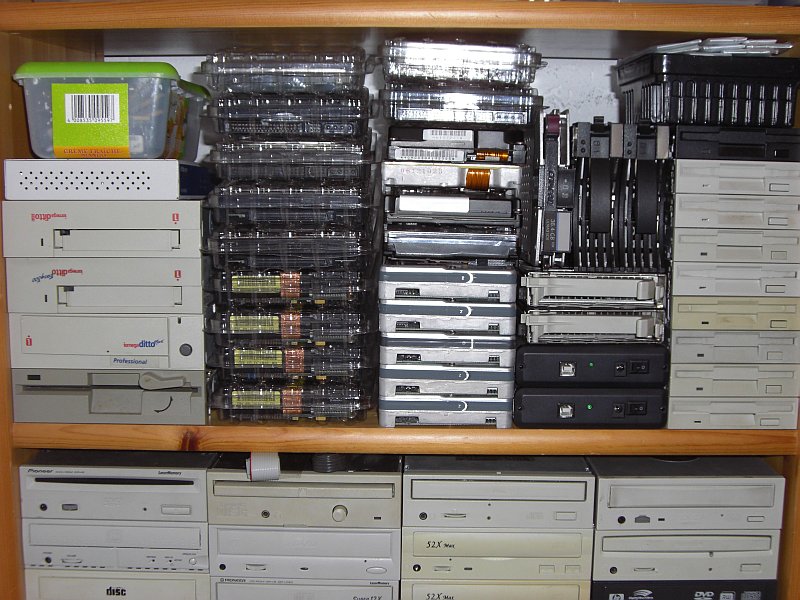
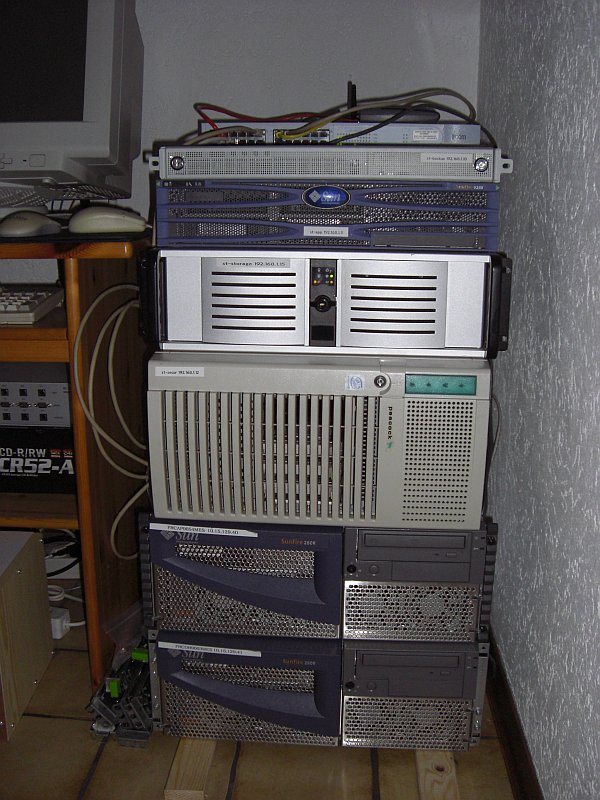

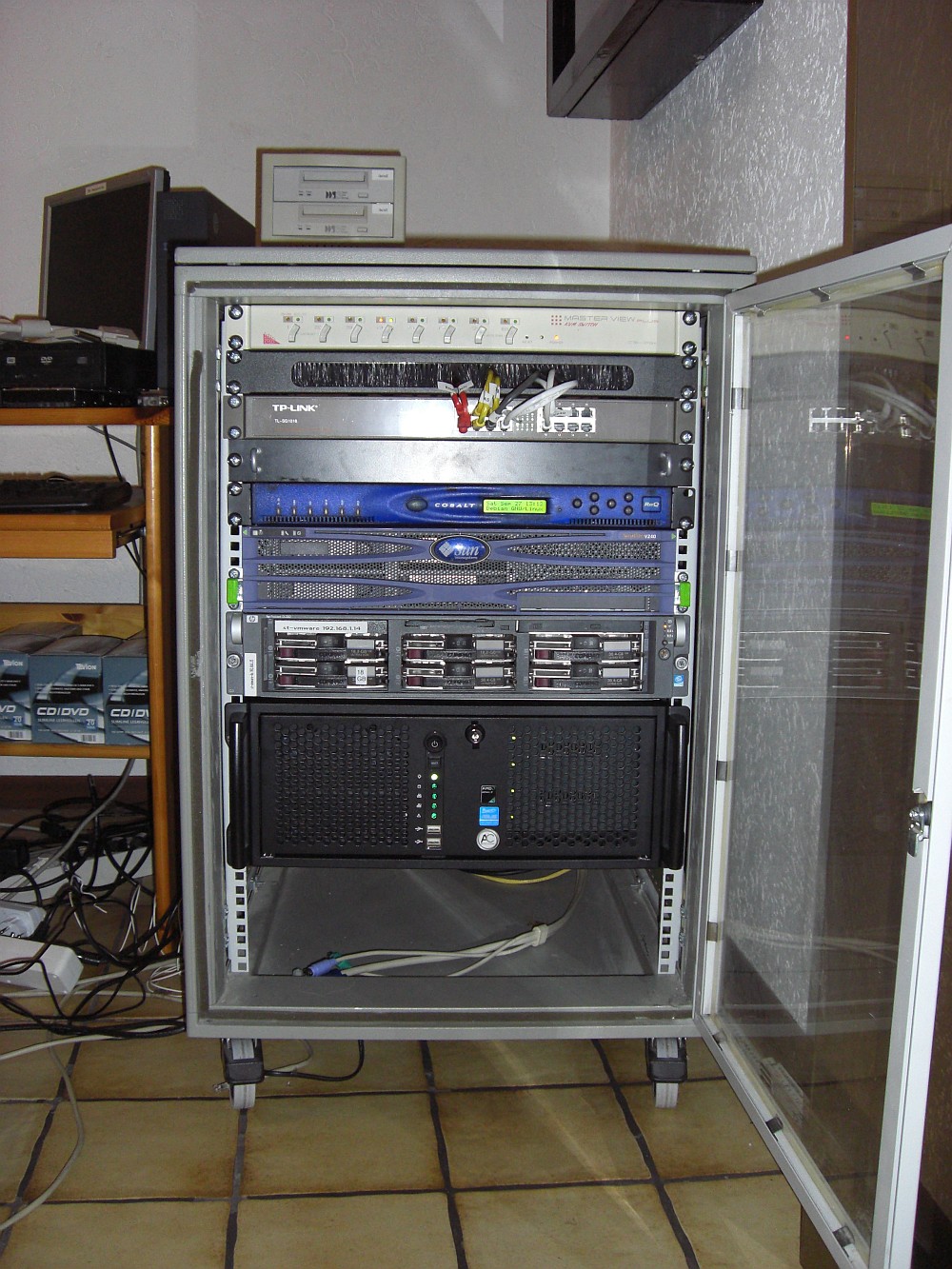


I worked as a Linux, UNIX and VMware administrator for several years. I gained a lot of experience with Linux in a medium-sized environment. I also found the short excursion into the UNIX camp with HP-UX 11i (under PA-RISC and Itanium2) exciting - however, it quickly became clear that the time of proprietary Unices is over and I feel more comfortable under Linux.
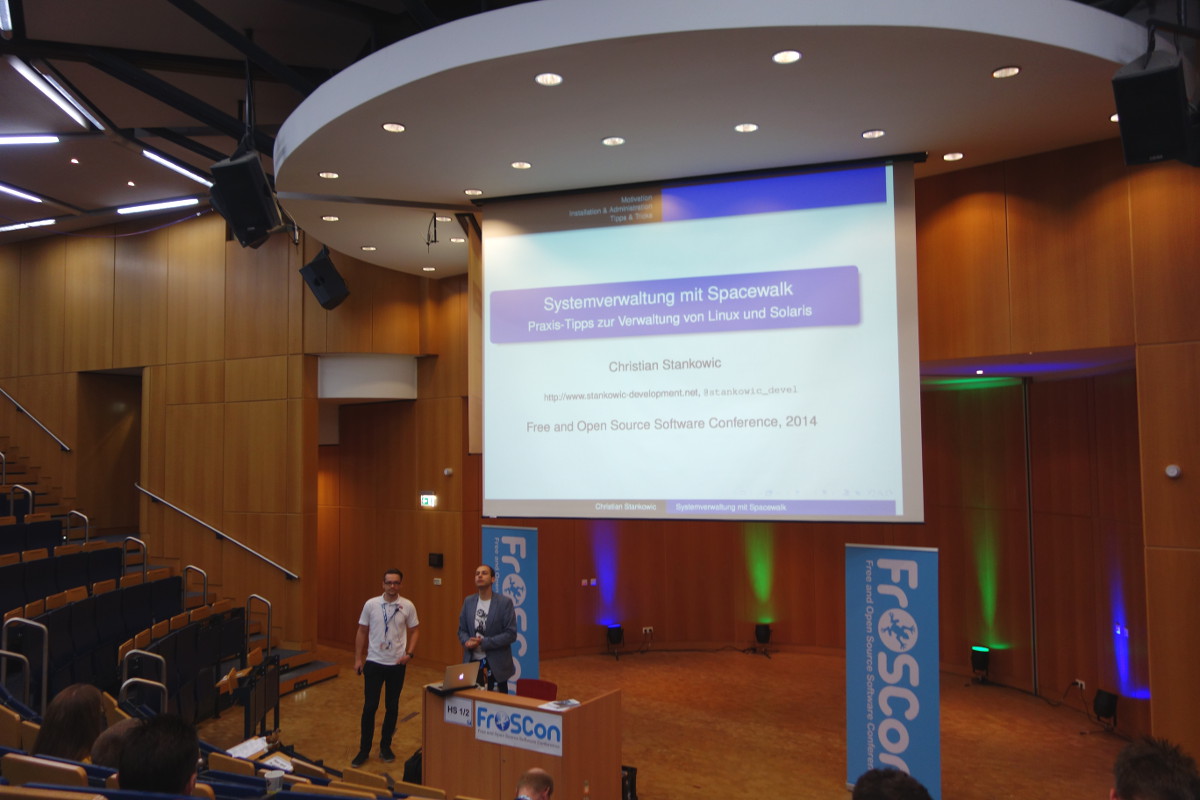
I worked with open source technology on a daily basis and so it was important for me to give something back. It was never enough to contribute to the source code of large projects - but I already shared knowledge in the form of blog and wiki articles for some time. In 2014, I started to attend conferences (like FrOSCon) on a regular basis and also contribute to the speaker program. In parallel, I discovered GitHub and published self-developed monitoring plugins and other small tools.
Linux as Code
In 2018, it was time for a career change and I accepted a position as a system engineer. From then on, I was of course involved with Linux again - but this time with a much broader focus due to the variety of customers. Because every customer is different I have to think outside the box a lot. The first thing I did was to take a close look at openSUSE and SUSE Linux Enterprise Server - the distributions I had given a wide berth to since 2002. Since then a lot has changed - for the better (if you ignore YaST). In between I come across Debian, Ubuntu or other distributions every now and then - that makes the whole thing exciting. Consequently, I have made a complete switch to Linux as a desktop operating system, both privately and professionally, in order to deal more intensively with the operating system.
Basically, one thing can be said - Linux is becoming less and less interesting from an application point of view. The times when Linux was a brand new topic are long gone. The offerings of enterprise distributions are similar and have become replaceable - they "just work". Many users simply consume Linux from a provider - as a VM or as a container. Increasingly, less and less thought is given to the technology. People come into contact with Linux every day without being directly aware of it.
This fits perfectly with the Infrastructure as Code approach that I have now had to deal with. My technology stack was mostly very clearly defined before: VMware as the hypervisor and RHEL or CentOS as the operating system. Now, however, every landscape looked different, so I started looking at Puppet, Chef, SaltStack and Ansible when it came to configuring systems. Instead of VMware, I started using generic tools like Terraform or Vagrant to deploy the infrastructure I needed - no matter what platform.
Even though a lot has changed technically, many of the "early adopters" are still around. Slackware, as the oldest active Linux distribution, is fortunately not dead. SUSE has had a very eventful history with many ups (acquisition of Rancher in 2020, IPO in 2021) and downs (buyout by Novell, Attachmate Group, EQT Partners AB) - but still reliably delivers valuable work to the community. Red Hat has always shown itself as an innovative distributor since its foundation - always at the navel of time; even if the priorities seem to have changed since the acquisition by IBM. Canonical has helped Ubuntu become the most popular distribution in the desktop and hosting environment, and the Debian project benefits from a lively code exchange. Even if the topic "Linux on the desktop" is still a neverending story, Ubuntu has made a lot of progress.
Unfortunately, some Linux distributions have also been discontinued over the years - for example Mandriva Linux, Yellow Dog Linux (which influenced the development of Red Hat's package manager YUM) and - most recently - CentOS. Fortunately, the discontinuation of a distribution is also an opportunity for a fork - as happened with Rocky Linux and AlmaLinux.

I have not lost the joy of passing on knowledge - on the contrary. As a consultant, I am often booked for workshops and training sessions and can thus continue to "give something back". I am still present at conferences - often as a speaker, sometimes just as a participant. A highlight for me was the participation at SUSECON 2021 - unfortunately only virtually due to the pandemic.
Conclusion
The last 16 years with Linux have been exciting. I have learned a lot, met many interesting people and also professionally a lot has happened to me. As a 15-year-old, I would never have guessed back then that the topic would excite me so much (especially after the first negative experiences).
Technologies have changed a lot in the last few years and Linux is becoming more and more of a generic consumer product - but even in modern hype topics, there is always strong contact with the open source operating system. In the market of enterprise distributions I would like to see more diversity - that the current representatives know their position very well has been proven several times in the past. I am curious to see how Linux will change in the next few years - it certainly won't be boring. Here's to the next 30 years! 🙂